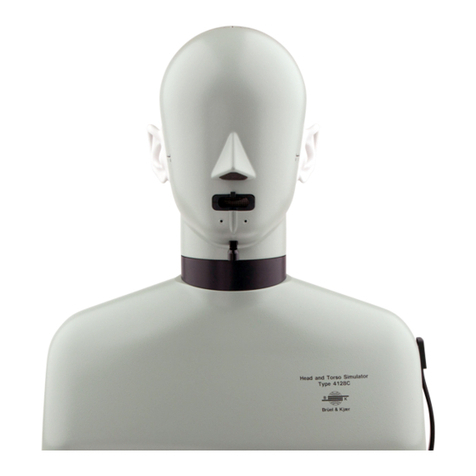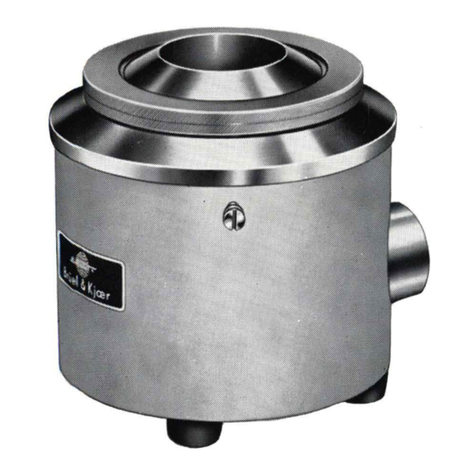
CONTENTS
1.
INTRODUCTION
AND
SPECIFICATIONS
(PRODUCT
DATA)
..........
............
........
....
.................
1
2.
CONTROlS
.............
..........
.......
..
...........
..
....
..
...................................
...............
.....................
..
9
2.1 . FRONT PANEL
..................
.......
..........
.....................
.......
..
...
........
........
..
.... 9
2.2. REAR PANEL
......
....
..
....
..
..
...
.............................
.....
.. ..
....
.......
......
..............
10
3.
OPERATION
.....................
..
......................
...........
...................
...............
...........
..
.........
..
........
13
3.1. PRELIMINARY ADJUSTMENTS .....
........
.....
.............
..
...
..
.
........
..
....
..
..
..
........
13
Selection
of
Line Voltage
...............................................................
:............ 13
Fuse Rating
......
.
..........................
.
....................................
......
....
............
..
13
Line Connections
........
..
......
......
....
..
...........
...
..
.........
..
.......
..
.......
............
...
13
Grounding
Considerations
...................
.
..........................
..
....
...........
...........
14
3.2. OPERATION WITH MEASURING AMPLIFIERS ALONE
...................
..
...............
14
Measuring
Procedure ....
..................
.. ..
.............
......
..
..
............
..
........
.. ..
.
..
...
15
Calibration
..
....
..
..........
......................................
................
.
...................
....
16
3.
3.
OPERATION WITH MEASURING AMPLIFIER
AND
LEVEL RECORDER
..........
....
16
Fixed averaging
time
analysis
with
Level Recorder Type
2306
..
..........
........
....
....................
...........
..
..........
....
..
16
Analysis
with
variable averaging
time
using
the
Level Recorder Type
2306
........
......
..
..........
......
.......
.
............................
20
Fixed averaging
time
analysis
with
the
Level Recorder Type
2307
............................................................
.............
22
Analysis
with
variable averaging
time
using
the
Level Recorder
2307
................................
....
........
..........
.
.......
...
..
........
25
Analysis
with
variable averaging
time
using an X-Y Recorder
..............
.
..
..
..
.. ..
27
3.4
. OPERATION WITH OTHER
Bruel
& Kjrer INSTRUMENTS
........
......
..
......
..
........
28
Operation
with
Sound
Level
Meter
Type
2203
and Type
2209
.....
..
.
..
.
..
.
......................
...
..
........
..
.......
..
.
..
........
....
........
......
28
Operation
with
Vibration
Meter
Type
2511
.........................
............
...........
..
29
3.5. DIGITAL
DATA
TRANSFER AND REMOTE CONTROL
VIA
THE
IEC
INTERFACE BUS
................
.. ..
..
...........
..
......
.......
......
...........
.. ..
30
IEC
Functions
Implemented
.........
.......
..
......................
........
........................
31
Selection
of
Listener
Address
........
.
......
..
..
.....
..
.........
.. ..
.........
.......
..
............
31
Programming
Sequence
....................
.
..
.........
..
.........
....
........
....
..
.......
...
..
....
31
Parallel Poll ....
......
.........
.....
..........
..
.....
.....
.......
..
.........
......
....
..
........
.........
..
33
Indication
of
busy .....
.........
...........
.........
..
.......
........
.....
..
........
..........
..
.. .. .. ..
33
Interruption
of
readout
.................
.......
.........
..
.
..........
.......
...........
..
.
............
34
3.6. DIGITAL PROGRAMMING EXAMPLES .........
..
..................
..
......
.
...................
34
General
Programming
..............
....
.........
.
...........
.........
........
.....
..
..........
.......
34
Programming
for
operation
with
the
Hewlett
-Packard
9825A
....
............
.........
35
Programming
for
operation
with
the
Tektronix
4051
........
......
..
............
.........
36





























